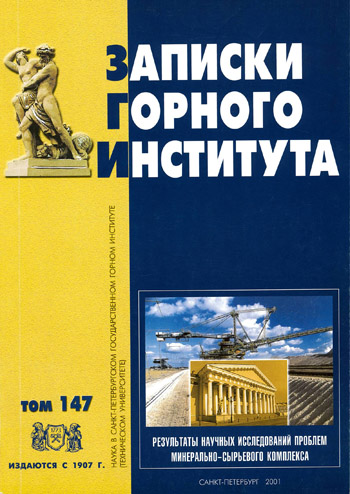Utilization of carbon-bearing waste from the coal and timber industries
Abstract
Permanent accumulation of carbonaceous waste at coal mining and forestry enterprises in volumes comparable to those of primary recovery has a great impact on the environment. Even an environmental disaster can be foreseen in the near future. Large volumes of accumulated carbonaceous waste represent a valuable source of energy. Their effective processing will save large amounts of energy resources - oil, natural gas, coal and shale oil, which are the basis of the fuel and energy balance of Russia, and bring a large income. It is estimated that the annual shortage of refined fuel in the amount of about 10 million tons for the public utilities for the period until 2005 can be closed by the production of briquette fuel using recycled carbonaceous waste - waste from sawing and lumbering and shale deposits in the Leningrad region. Processing of sawmill and logging waste, shale oil into briquette fuel is possible at the cost of modern technologies and equipment, as well as unconventional technological solutions (compression of briquette mixture using uniaxial compression in hydraulic presses or compression "endless wedge" in extrusion presses).
